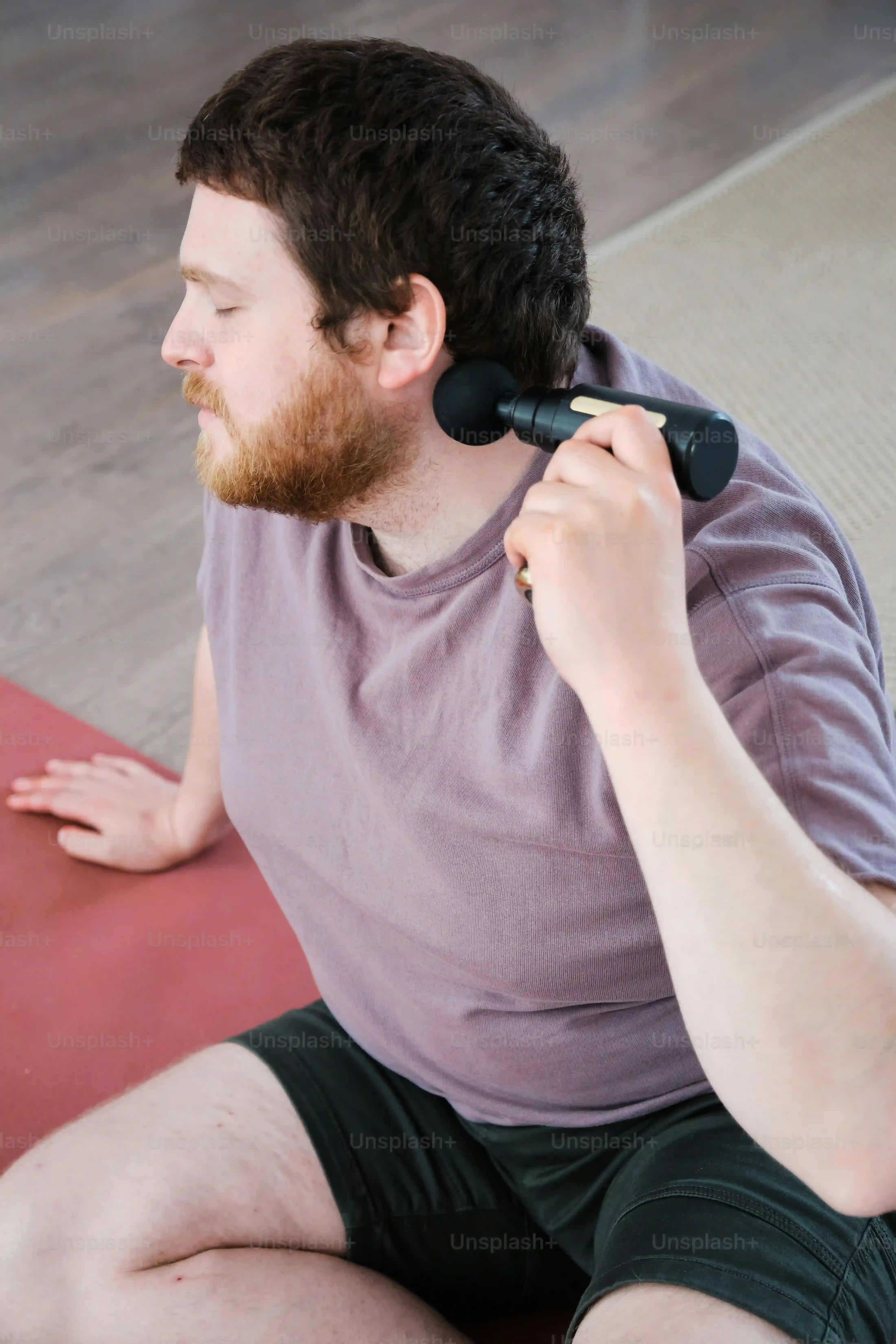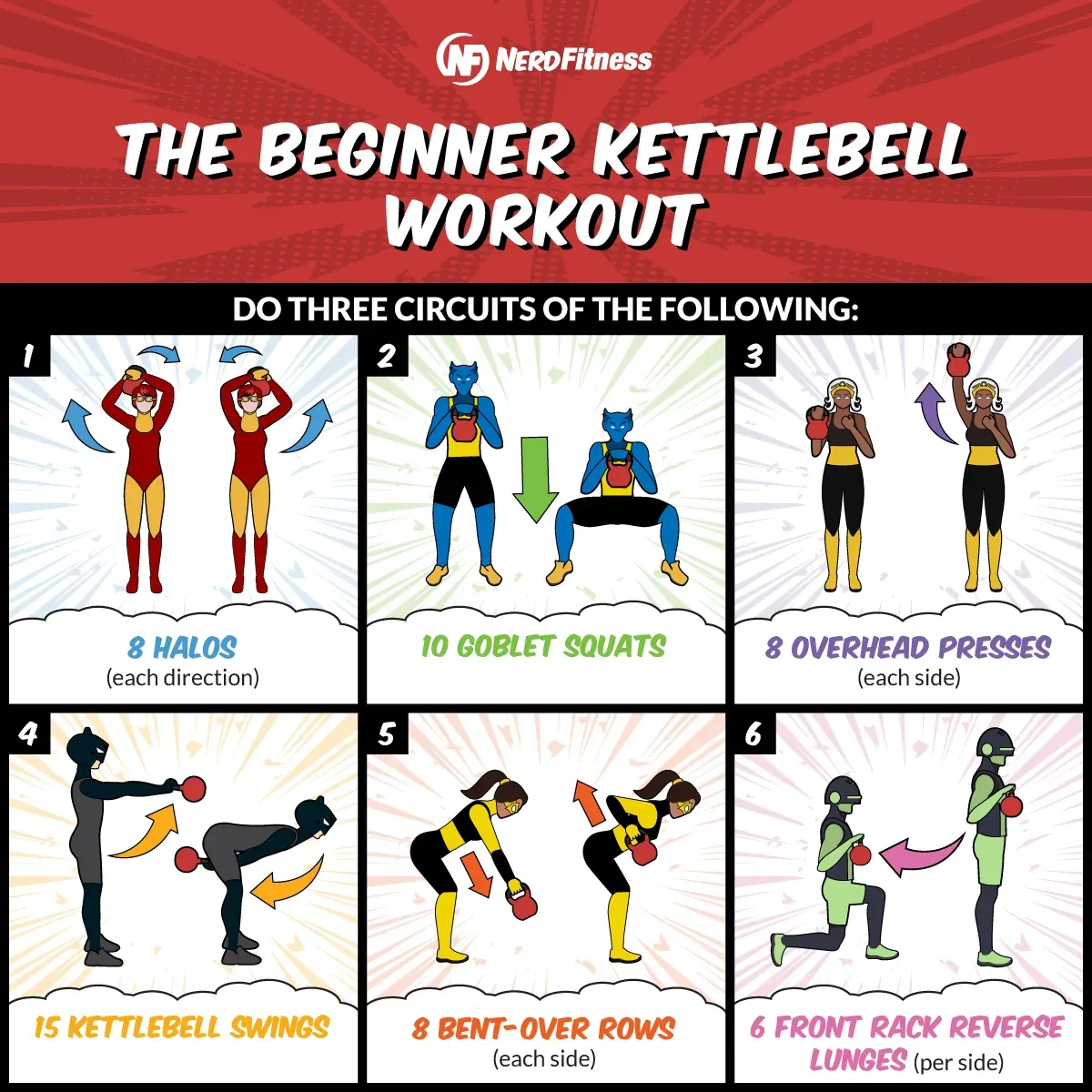Table of Contents
let's cut to the chase. You want to get your heart pumping, burn some calories, and maybe build a little strength, but the idea of slogging away on a treadmill sounds about as appealing as a root canal. Enter the kettlebell. This weird-looking cannonball with a handle is actually a ridiculously effective tool, especially for a kettlebell cardio workout for beginners. Forget those endless, boring sessions. Kettlebells work multiple muscles at once, making your cardio more efficient and, dare I say, less mind-numbing.
Why Kettlebells Kickstart Your Cardio (Even for Beginners)

Why Kettlebells Kickstart Your Cardio (Even for Beginners)
Look, traditional cardio like running on a treadmill is fine, if you enjoy staring at a wall or a screen for 30 minutes. But if you want something that actually feels like you're *doing* something, something that works your whole body and gets your heart rate soaring without feeling like a hamster on a wheel, kettlebells are your answer. These aren't just weights; they're dynamic tools that force your body to work as a unit. When you swing, squat, or lift a kettlebell, you're not just isolating one muscle group. You're engaging hundreds – your legs, core, back, shoulders, grip – all at once. This full-body engagement is what makes kettlebell workouts so ridiculously effective for cardio, even if you're just starting out and feel a bit clumsy with one. It’s like your body’s throwing a party, and every muscle is invited and working up a sweat.
5 Kettlebell Cardio Workout for Beginners Moves (No Swing Needed)

5 Kettlebell Cardio Workout for Beginners Moves (No Swing Needed)
so maybe the swing feels intimidating right now. No problem. You can absolutely get a killer kettlebell cardio workout for beginners without ever picking that weight up past your waist. Think foundational movements. We're talking about exercises that build strength and coordination while also jacking up your heart rate because they use big muscle groups. Start with the Kettlebell Goblet Squat – hold the kettlebell at your chest and squat down like you're sitting in a chair. It's a fundamental lower body mover that gets your legs and lungs working. Then there's the Kettlebell Single Arm Deadlift; it teaches you how to hinge properly and works your posterior chain, and doing it one side at a time adds a core challenge. Don't forget the Kettlebell Halo, circling the weight around your head – it's great for shoulder mobility and warms things up nicely. The Kettlebell Farmer's Walk, simply carrying the weight, is deceptively tough on your grip and core, turning a simple walk into a serious challenge. Finally, the Kettlebell Bob and Weave – holding the weight at your chest, step side-to-side while doing a slight squat, like a boxer dodging punches. These five moves alone, done for reps or time, can create a fantastic conditioning session that builds a solid base before you even think about swinging.
Adding the Swing to Your Kettlebell Cardio Workout for Beginners

Adding the Swing to Your Kettlebell Cardio Workout for Beginners
Why the Swing is a Game Changer
Alright, you've mastered some basic kettlebell moves. Now it's time to talk about the king of kettlebell exercises: the swing. This isn't just some random motion; it's a powerful, explosive hip hinge that torches calories and builds serious power in your posterior chain – think glutes and hamstrings. It’s the engine of many effective kettlebell workouts, turning your kettlebell cardio workout for beginners into something truly dynamic. Initially, it might feel awkward, like you're trying to launch the bell into orbit, but the goal isn't height. It's power generated from your hips, like snapping a towel or jumping explosively. Getting the swing right is less about arm strength and more about using your hips like a piston. A good swing feels like a powerful standing plank at the top, not leaning back or shrugging your shoulders.
Starting with the Two-Handed Swing
For most people starting their kettlebell cardio workout for beginners, the two-handed swing is the place to begin. It provides more stability and allows you to really focus on the hip hinge movement without worrying as much about controlling the bell with one arm. Think of it as a dynamic deadlift. You hike the bell back between your legs, keeping your back flat, and then powerfully drive your hips forward to propel the bell up to chest or eye level. Your arms just guide the weight; they aren't lifting it. Common mistakes? Squatting too much instead of hinging, lifting with your arms, or rounding your back. It takes practice, maybe even filming yourself or getting a friend to watch. But once you feel that powerful snap from your hips, you'll understand why the swing is such a cornerstone.
- Focus on the hip hinge, not a squat.
- Keep your back flat throughout the movement.
- Drive through your hips explosively.
- Arms are ropes, not lifters.
- Finish in a tall, tight plank position.
Sample Kettlebell Cardio Workouts & Circuits for Beginners

Sample Kettlebell Cardio Workouts & Circuits for Beginners
Simple Workouts to Get You Started
so you've got the basic moves down, maybe even tried a few swings. Now what? How do you string this into an actual workout that gets your blood pumping? For a basic kettlebell cardio workout for beginners, keep it simple. Pick 3-4 exercises you feel comfortable with – maybe goblet squats, single-arm deadlifts (switch arms each set), and two-handed swings. Do each exercise for a set number of repetitions, say 10-15 reps, then rest briefly, and move to the next exercise. Repeat this sequence 3-4 times. For instance, 15 goblet squats, rest 30 seconds, 10 single-arm deadlifts (right), rest 30 seconds, 10 single-arm deadlifts (left), rest 30 seconds, 15 two-handed swings, rest 60-90 seconds. That's one round. Do that three more times. It doesn't sound fancy, but trust me, by the end of the third round, your heart will be working, and you'll feel it.
Circuit Training for Higher Intensity
Once you're comfortable with individual sets and reps, you can ramp up the intensity with circuits. This is where the "cardio" really kicks in for a kettlebell cardio workout for beginners. A circuit means you perform several exercises back-to-back with minimal rest in between. You only rest after completing the entire circuit. This keeps your heart rate elevated for a longer period. A classic beginner circuit might look like this: 10 goblet squats, immediately into 10 two-handed swings, immediately into 10 push-ups (on your knees if needed), immediately into 10 kettlebell halos (5 each direction). Rest 60-120 seconds, then repeat the whole thing. Aim for 3-5 rounds depending on your fitness level and the time you have. The lack of rest between exercises is the key here; it forces your body to work harder and builds that cardiovascular endurance efficiently.
- Simple Workout Example (Rounds):
- Goblet Squats: 15 reps
- Single Arm Deadlifts: 10 reps per side
- Two-Handed Swings: 15 reps
- Rest 60-90 seconds. Repeat 3-4 times.
- Circuit Workout Example (Minimal Rest Between Exercises):
- Goblet Squats: 10 reps
- Two-Handed Swings: 10 reps
- Push-ups: 10 reps
- Kettlebell Halos: 5 reps each way
- Rest 60-120 seconds after the circuit. Repeat 3-5 times.
Wrap Up: Your Kettlebell Cardio Journey Starts Now
So there you have it. A kettlebell cardio workout for beginners isn't some mythical beast reserved for gym rats. It's a practical, efficient way to get your heart rate up and build functional strength simultaneously. You don't need hours, a ton of space, or even perfect technique to start. Just pick a weight you can handle, focus on the basics we covered, and move. Consistency beats complexity every time. Give it a shot; you might be surprised at how quickly you feel the difference.